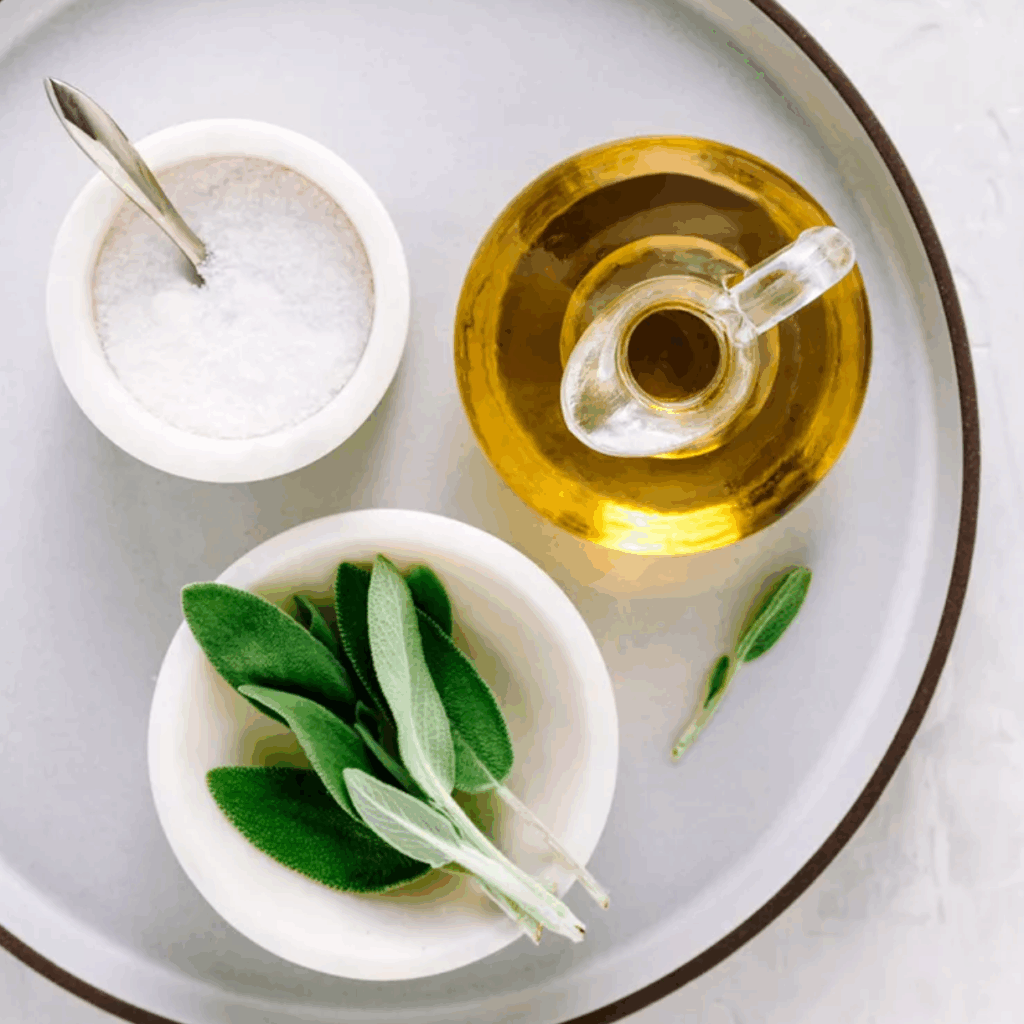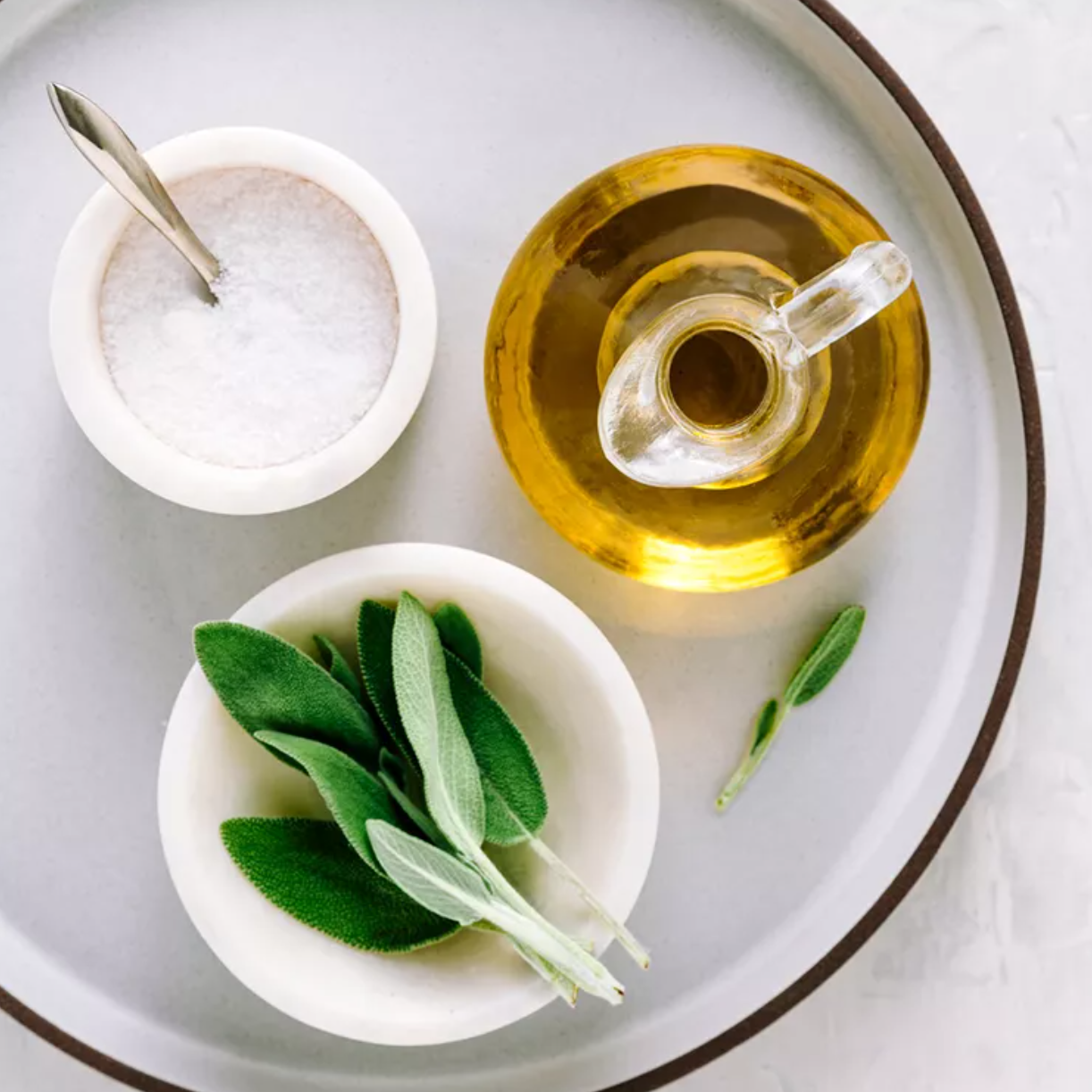Extra virgin olive oil has long been a staple of the health world—and for good reason. It’s the backbone of the Mediterranean diet, linked to longer lifespans and reduced risk of chronic disease. But while your regular grocery store EVOO is certainly a smart choice, there’s a new star in the spotlight: high phenolic olive oil.
This powerful oil isn’t actually “new”—it’s been around as long as humans have been pressing olives—but only recently has it gained traction in the U.S. wellness scene. And with good reason: high phenolic olive oil is loaded with compounds that may help fight disease, support longevity, and deliver even more health benefits than the EVOO you drizzle on salads.
To learn more, we turned to Dr. Limor Goren, a molecular biologist and founder of Kyoord, a brand specializing in high phenolic olive oil. Here’s what makes this version so special—and why it might be worth adding to your kitchen.

What Does “High Phenolic” Actually Mean?
Phenols (or polyphenols) are antioxidants naturally found in plants. They’re the secret behind olive oil’s reputation as a health food, helping to protect cells from damage caused by aging, diet, and the environment. You’ve probably heard of some phenols—like flavonoids and tannins—but olive oil contains a unique mix that makes it particularly powerful.
When an olive oil is labeled “high phenolic,” it simply means it contains especially high levels of these protective compounds.
How It Differs From Regular EVOO
All extra virgin olive oils contain polyphenols, but high phenolic olive oil takes it up a notch. According to Dr. Goren, several factors set it apart:
- Olive variety: Some olives naturally produce more phenols than others.
- Harvest timing: The olives must be picked green and unripe, when polyphenol levels are at their peak. Most producers don’t do this—it yields less oil and is less profitable.
- Freshness & storage: Even the best olive oil loses phenols over time. High phenolic oils must be carefully stored and sold quickly to retain their benefits.
Refined olive oil, on the other hand, is made with heat or chemicals, stripping away most of the antioxidants. That’s why it lacks the same health impact.
A Scientist’s Journey into Olive Oil
Dr. Goren didn’t just stumble into this. While studying compounds in olive oil in her lab, she discovered some oils had antioxidant levels strong enough to kill cancer cells in a petri dish. Those oils, rich in oleocanthal (a phenol with potent anti-inflammatory properties), were available in Europe but practically unknown in the U.S. That gap led her to create Kyoord, bringing high phenolic olive oil stateside.
Why Haven’t We Heard About It Before?
Several reasons kept this oil under wraps:
- Industrialization: The olive oil industry has historically prioritized yield over quality, rewarding cheaper, mass-produced oil.
- Family farms: Many producers reserved their high phenolic oils for personal use rather than selling them.
- Science lag: Researchers only identified key olive oil phenols within the last few decades—oleocanthal itself was discovered about 15 years ago.
Europe has since embraced high phenolic olive oil, even allowing health claims on labels since 2016. In the U.S., however, consumer awareness (and FDA recognition) still lags behind.
The Taste Factor
If you’re expecting a mild drizzle, think again. High phenolic olive oil packs a punch. “Polyphenols are naturally bitter, which is exactly what you want,” says Dr. Goren. The star compound, oleocanthal, creates a peppery burn at the back of the throat—sometimes strong enough to make you cough.
That “bite” isn’t a flaw; it’s a sign your oil is loaded with antioxidants.
How to Use High Phenolic Olive Oil
Here’s the catch: this oil doesn’t come cheap. Given its cost, you probably won’t want to use it for everyday sautéing. Instead, think of it as you would a fine balsamic or luxury condiment:
- Sip a spoonful straight on an empty stomach, as is common in parts of the Mediterranean.
- Drizzle over fresh mozzarella and tomatoes, roasted vegetables, or grilled fish.
- Blend into a vinaigrette to let its bold flavor shine.
The Bottom Line
High phenolic olive oil isn’t just another gourmet trend—it’s a potent, antioxidant-rich upgrade to traditional EVOO. While it may not replace your go-to cooking oil, it’s a worthy addition to your wellness routine if you’re looking to boost both flavor and health.
Bold, peppery, and deeply nourishing, this oil proves that sometimes, the strongest medicine really does come from the kitchen.

Leave a Reply